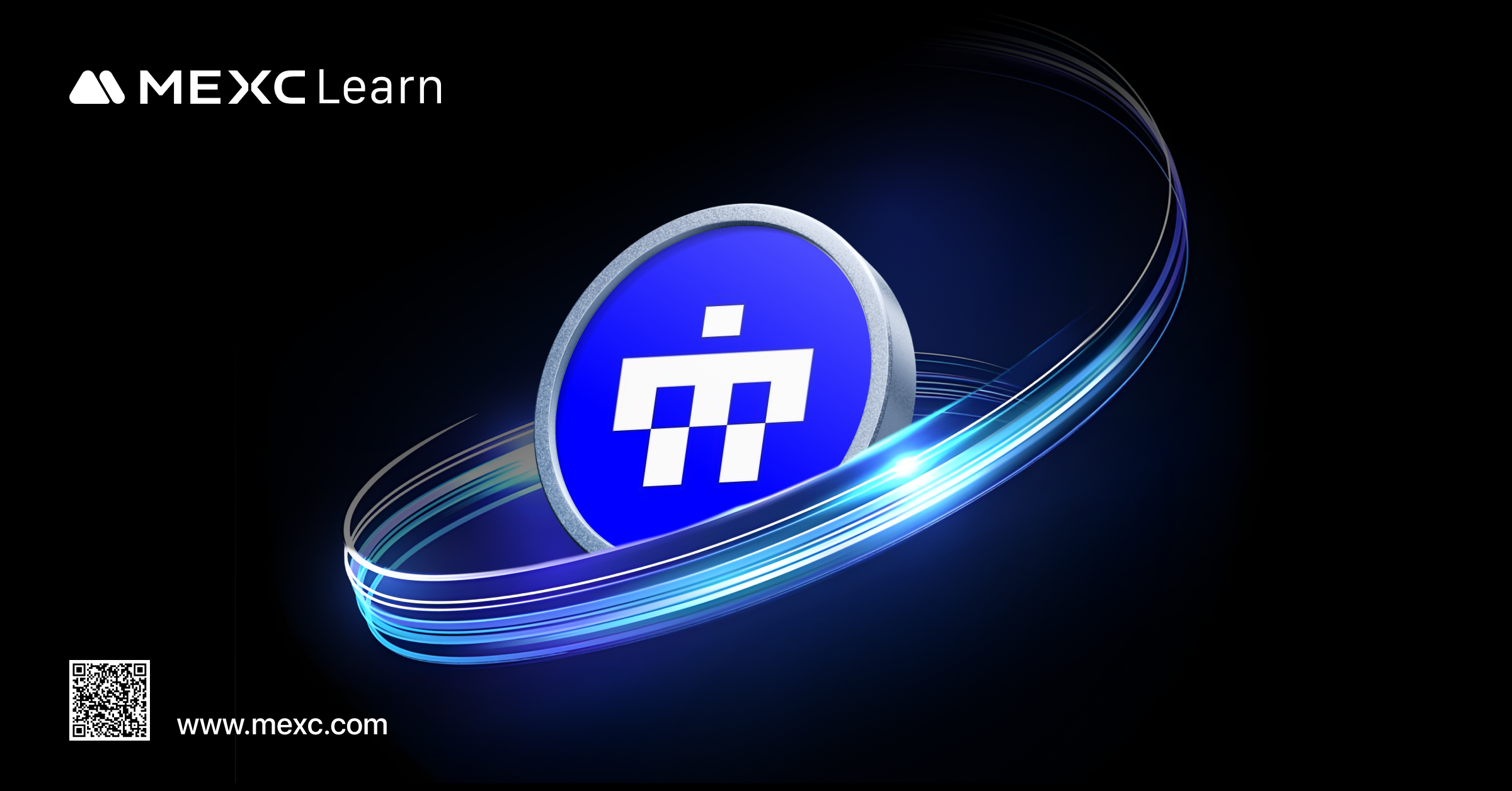MEXC Exchange/Learn/Hot Token Zone/Project Introduction/What is Sapien? A Decentralized Data Foundry for the AI Age
What is Sapien? A Decentralized Data Foundry for the AI Age
Related Articles

Sapien is a decentralized "Data Foundry" that uses blockchain technology, global community participation, and economic incentives to deliver large-scale, specialized, and high-quality training data for AI models. Unlike traditional data-labeling companies, Sapien gamifies data tasks and rewards participants worldwide, aiming to break the old paradigm of centralized data control.
1. Project Background
As generative AI and large language models (LLMs) grow at an explosive pace, the demand for high-quality training data is rising exponentially. But traditional data production systems face deep structural problems: top-tier data is monopolized by a handful of tech giants, making it expensive and inaccessible; crowdsourcing platforms often lack robust trust mechanisms, resulting in inconsistent data quality and poor model training outcomes; and crucially, existing datasets are heavily shaped by Anglo-American cultural contexts, introducing geographic and cultural biases that limit AI's global applicability.
Against this backdrop, Sapien positions itself as a "decentralized data foundry" offering a three-pronged solution: decentralization, economic incentives, and a reputation system. By combining blockchain infrastructure, global community collaboration, and economic rewards, Sapien is building an open, trusted, high-quality data production network designed to break centralized control and provide foundational infrastructure for the AI era.

2. Core Features: A Gamified, Global Data Network
2.1 A Global Data Production Network
Sapien has built a truly global community of over 110 countries, creating a distributed network of "AI workers" known as Sapiens. Participants receive tasks via the platform, perform data labeling, and earn incentives for their contributions. This community completes over one million tasks per day, with a cumulative output of 80 million labeled items spanning text, images, audio, video, and complex 3D/4D modalities. The network also exhibits strong network effects: for every additional 10,000 users, task completion efficiency improves by 8%, creating a self-perpetuating system of data production → quality feedback → model optimization.

2.2 Gamified Design and Task Engine
Sapien's task system is designed with game mechanics in mind, turning data labeling into an engaging, competitive, and cumulative digital labor experience. The system uses four dimensions of incentives: Levels, Experience Points, Reputation, and Task Challenges.
Users can participate through:
Task Unlocking: Complete basic tasks to earn experience points and unlock higher-value task packs (such as medical image labeling).
Adversarial Review: Compete in a "Labeling Arena" where users vie for accuracy. Top performers earn additional token rewards.
Virtual Identity System: Future plans include NFT badges and on-chain achievement certificates, creating a StepN–like metaverse experience.
3. Functional Architecture: From Individual Tasks to Enterprise Delivery
3.1 Task Hub
A marketplace where AI workers can find on-demand tasks such as text cleaning, image labeling, or speech transcription. Rewards and points vary based on task difficulty.
3.2 Quality Engine
A dual-verification system: after task submission, work is reassigned to QA users for review, ensuring precision and feeding back into users' reputation scores.
3.3 Enterprise Interface
Businesses can connect to the Sapien platform via SDK or API to launch custom data-collection requests and receive verified, structured data for use in LLMs, autonomous driving, healthcare, finance, and more.
4. SAPIEN Tokenomics: From Incentives to Governance
4.1 Token Basics
Token Name: SAPIEN
4.2 Token Utilities
Points: Earned by completing tasks, convertible into SAPIEN tokens in the future.
Staking: High-reputation users can stake SAPIEN to gain priority access to tasks and better reward multipliers.
Governance Voting: SAPIEN holders can vote on platform parameters like reward rates and task types.
Revenue Sharing: A portion of future enterprise revenue will be distributed to long-term token holders.
5. SAPIEN Airdrop Program: Data Rewards for Everyone
Sapien plans to distribute token airdrops to early participants and top task contributors.
According to official criteria, priority will go to: highly active users, high-accuracy labelers, users completing special challenge tasks, Web3 users linked with well-known guilds, and active on-chain wallets or Base network veterans. Airdrops are expected to be distributed via a points snapshot before token launch.
6. Sapien's Vision for the Future
Sapien isn't just a data-labeling platform. It aims to build the world's largest "Data Layer" to serve as foundational infrastructure for the AI era: a consensus-driven data production system.
1) Launch of SAPIEN token and staking system
3) DAO governance launch, enabling community co-design of tasks and revenue models
4) Deep integration with AI projects
Disclaimer: This information does not provide advice on investment, taxation, legal, financial, accounting, consultation, or any other related services, nor does it constitute advice to purchase, sell, or hold any assets. MEXC Learn provides information for reference purposes only and does not constitute investment advice. Please ensure you fully understand the risks involved and exercise caution when investing. MEXC is not responsible for users' investment decisions.